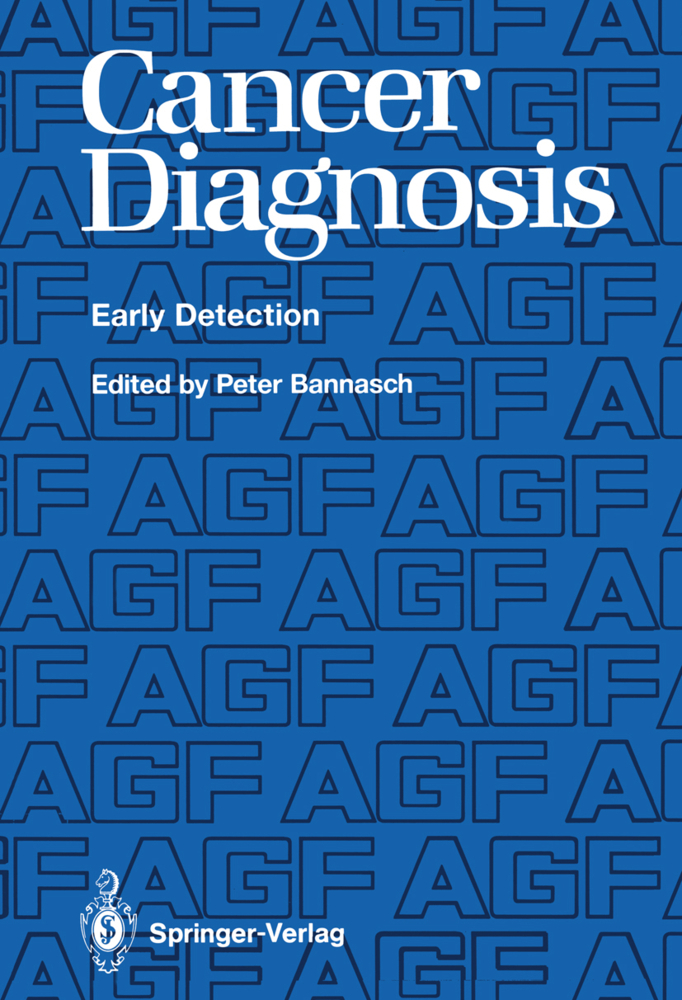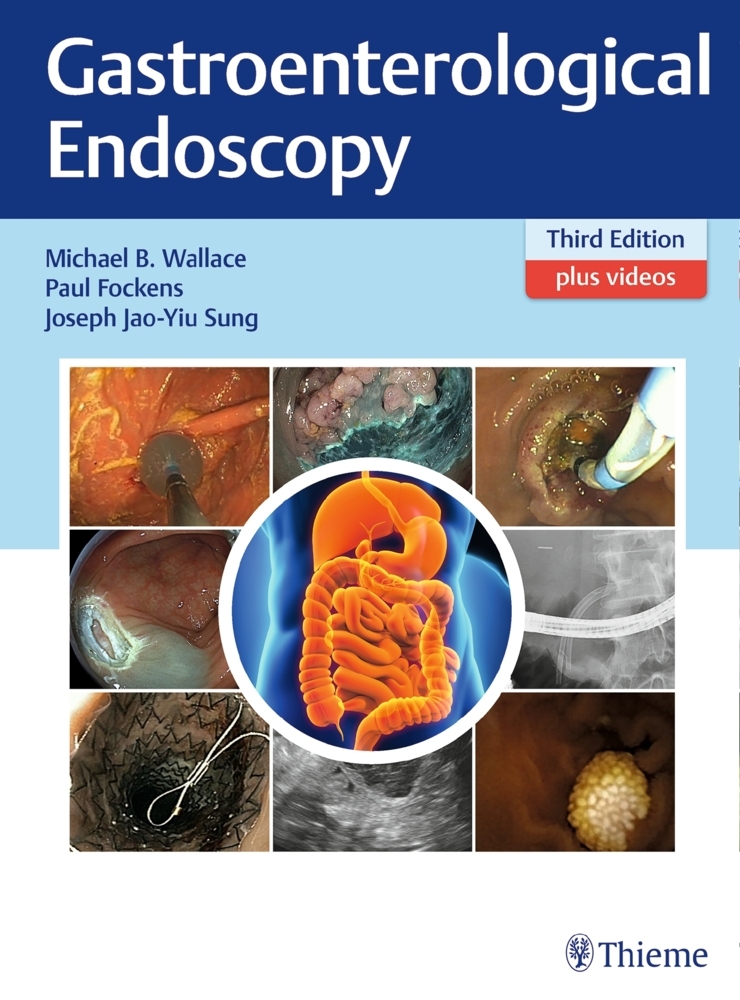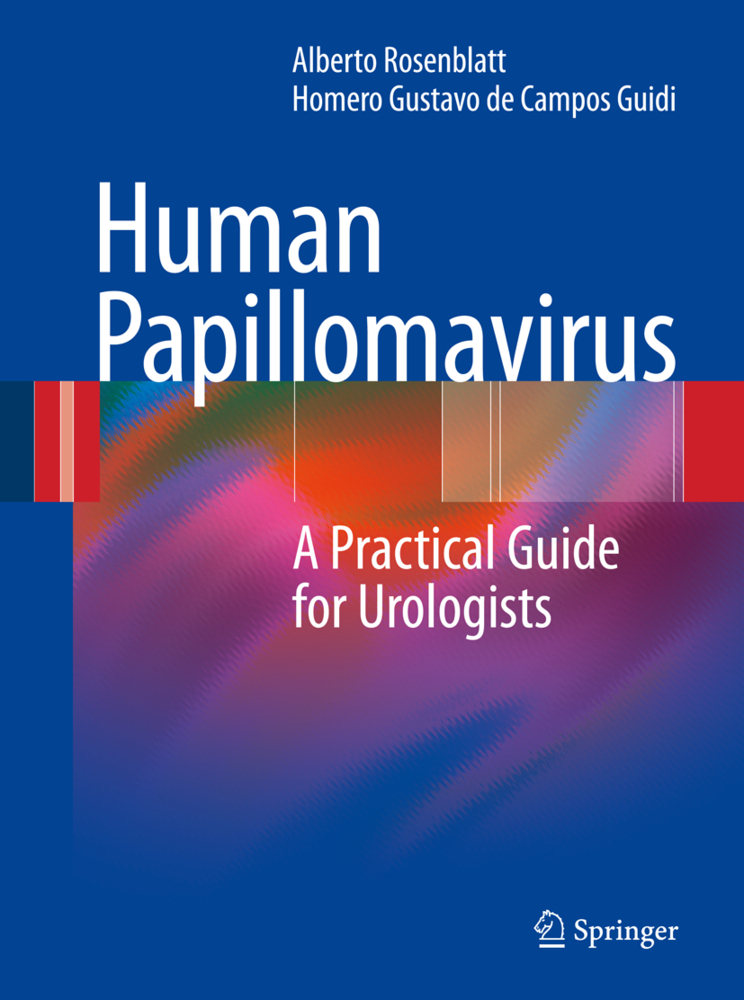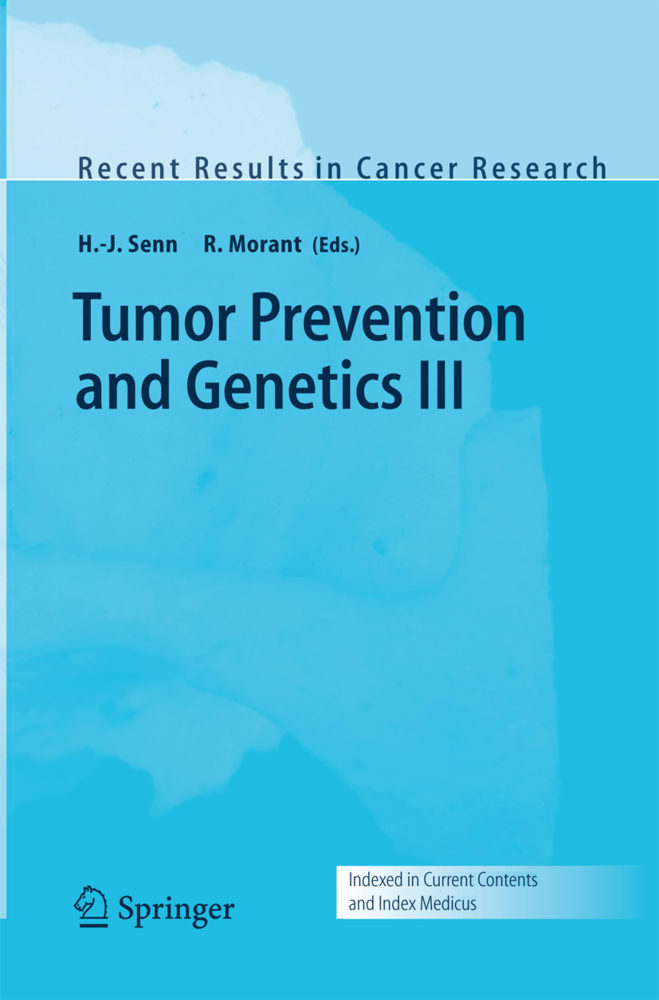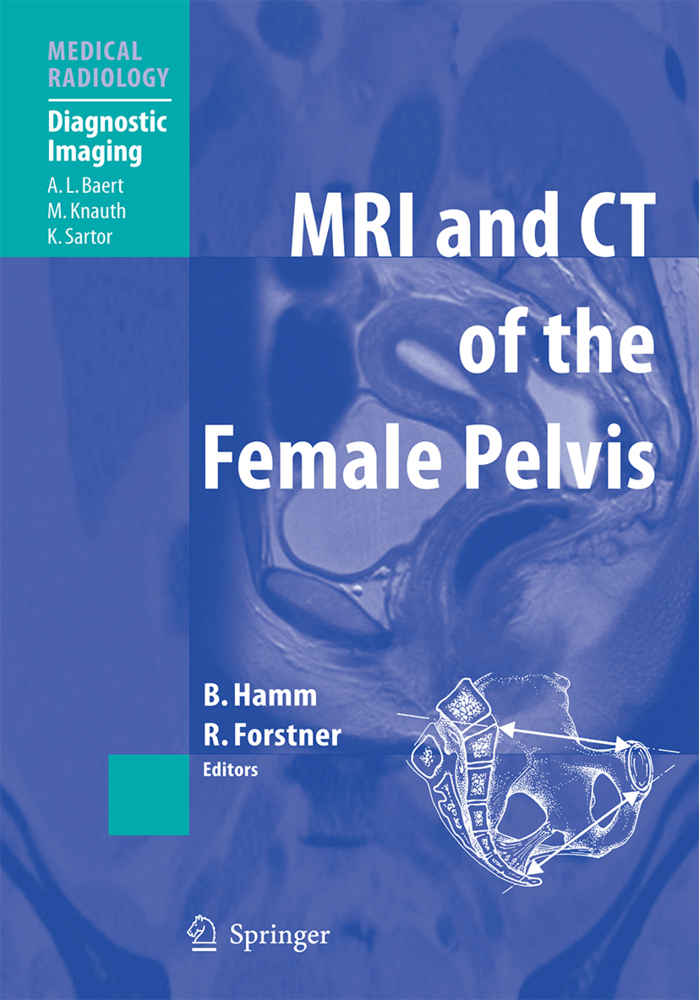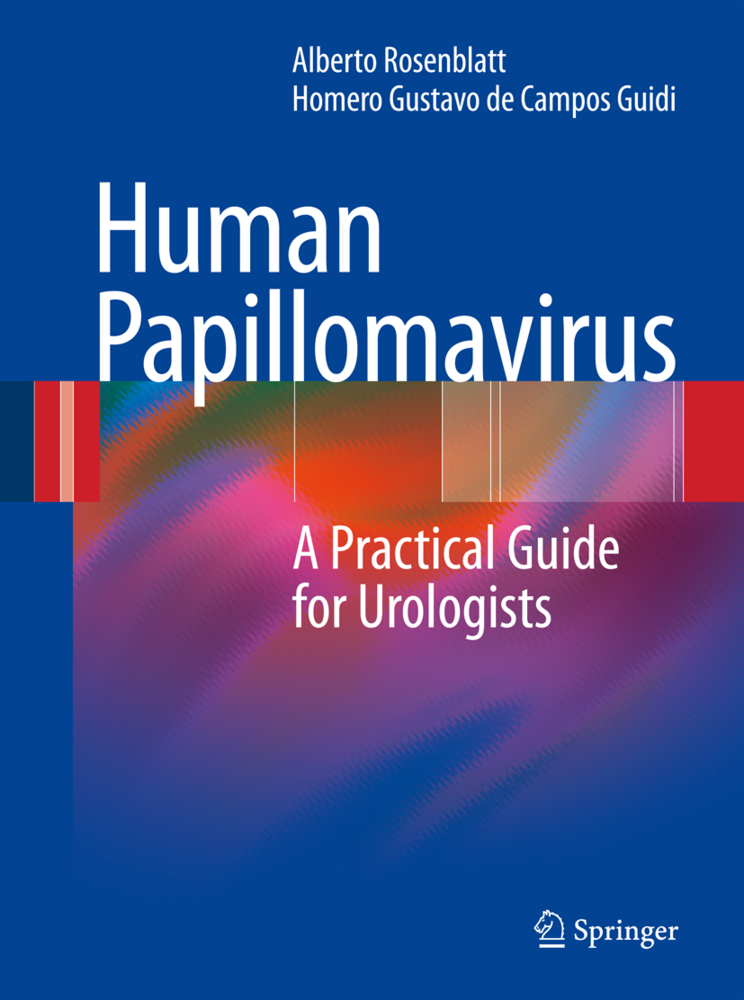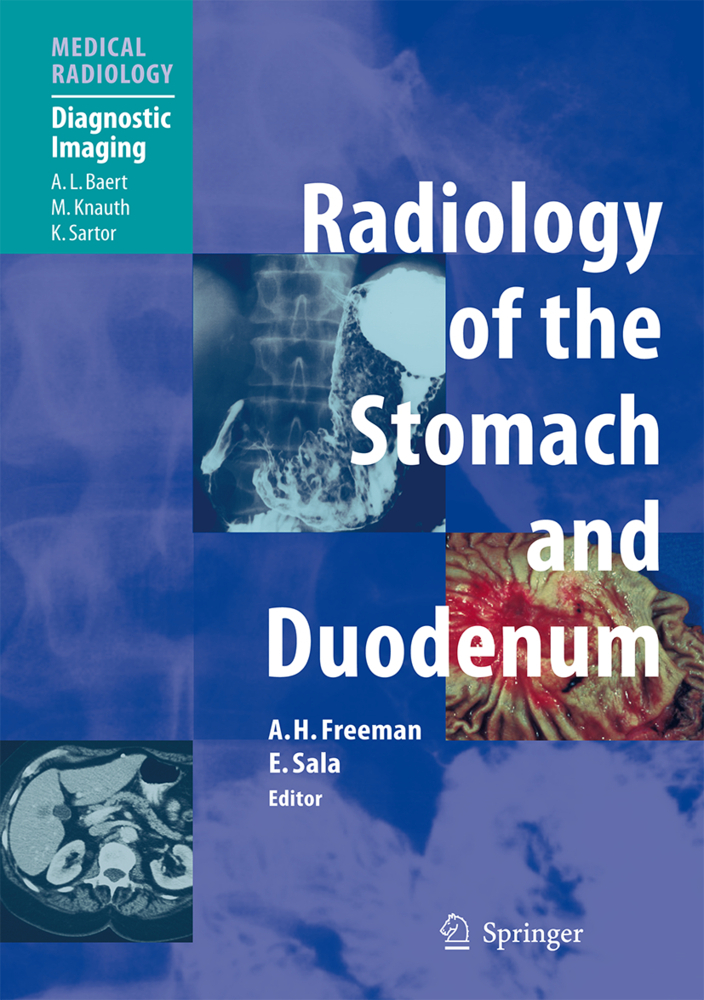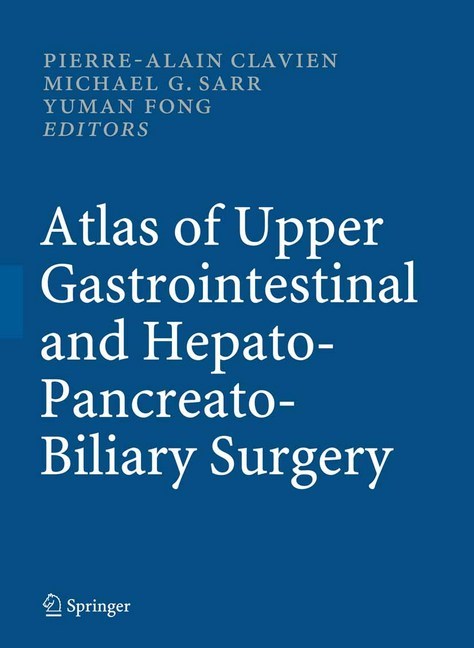Cancer Diagnosis
Early Detection
Cancer Diagnosis
Early Detection
Early detection of cancer has been recognized as an important area of preventive medicine for quite some time. In a few sites, such as the cervix, the breast, and the skin, it has been shown beyond doubt that early detection and secondary prevention of cancer are realistic goals. However, the general success of this approach is limited and re quires substantial additional effort in research and public health education. The present volume is based on an International Symposium on Cancer Diagnosis - Early Detection, which was organized by the Committee Coordinating Cancer Research in GroBforschungsein richtungen of the Federal Republic of Germany. The meeting was held at the German Cancer Research Center in Heidelberg, June 3-15, 1991. I am grateful to all members of the Scientific Committee who gave valuable advice in preparing the program of the conference: Gunther Bastert (Heidelberg), John Collins (Braunschweig), Heinz Hofler (MunichINeuherberg), Ernst Jung (Mannheim), Gerhard van Kaick (Heidelberg), Stefan Meuer (Heidelberg), Michael Wannenmacher (Heidelberg), and Wolfgang Wilmanns (Munich/ Neuherberg). I am obliged to Volker Diehl (Cologne), Gunther Bastert (Heidelberg), Hans K. Miiller-Hermelink (Wiirzburg), Manfred Schwab (Heidelberg), and Georg Dhom (Homburg/Saar) for serving as chairmen of the sessions. I am also grateful to Horst Metzler and the administration of the German Cancer Research Center for all their efforts to guarantee a smooth running of the Conference.
Skin Cancer and Melanoma
Cancer of the Oral Cavity
Esophageal Cancer: Problems and Challenges in Early Detection
Early Detection of Gastrointestinal Cancers: Recent Progress in Endoscopy and Surgical Results
Detection of Minimal Disease in Hematological Malignancies
Summary of Discussion: Session 1
Session 2 Clinical Aspects II
Early Detection of Carcinoma of the Prostate and Transitional Cell Carcinoma: Current Aspects
Problems in the Early Detection of Cervical Cancer
Breast Cancer Screening
Summary of Discussion: Session 2
Session 3 Tumor Markers
Introductory Remarks
Circulating Tumour Markers in Clinical Practice for the Early Detection of Cancer
Summary of Discussion: Session 3
Session 4 Imaging Procedures
Contributions of Ultrasonography to Early Cancer Diagnosis
Computed Tomography and Magnetic Resonance Imaging of the Body and Musculoskeletal System
Imaging Techniques: Computed Tomography and Magnetic Resource Imaging in Neuroradiology
Positron Emission Tomography (PET) for Tumor Diagnosis and Therapy Management
Immunoscintigraphy in the Early Diagnosis of Tumours of the Abdomen
Summary of Discussion: Session 4
Session 5 Histo- and Cytopathology
Histopathological Diagnosis of Early Cancer and Antecedent Lesions
Cytodiagnosis of Precancerous States and Early Human Cancer
Differentiation Markers in the Early Detection of Cancer
Molecular Genetic Approaches to Early Cancer Detection
Preneoplastic Lesions as Early Indicators of Neoplastic Development
Summary of Discussion: Session 5
Session 6 Cytogenetics and Molecular Genetics
Chromosome Aberrations in Human Neoplasia
Amplified N-myc Gene as a Genetic Marker for thePrognosis of Human Neuroblastoma
Beckwith-Wiedemann Syndrome, Tumorigenesis and Imprinting
Remarks on the Detection of Chromosomal Aberrations by Nonisotopic In Situ Hybridization
Antibodies to the Human Papillomavirus 16 and 18 E7 Proteins: A Possible Diagnostic Marker for Cervical Cancer
Summary of Discussion: Session 6
Session 7 Epidemiology
Epidemiological Aspects of Early Detection Programs
Summary of Discussion: Session 7
Summary of Round Table Discussion on Efficiency of Screening Programs for the Early Detection of Cancer.
What does "Early" Stand for in Cancer Diagnosis?
Session 1 Clinical Aspects ISkin Cancer and Melanoma
Cancer of the Oral Cavity
Esophageal Cancer: Problems and Challenges in Early Detection
Early Detection of Gastrointestinal Cancers: Recent Progress in Endoscopy and Surgical Results
Detection of Minimal Disease in Hematological Malignancies
Summary of Discussion: Session 1
Session 2 Clinical Aspects II
Early Detection of Carcinoma of the Prostate and Transitional Cell Carcinoma: Current Aspects
Problems in the Early Detection of Cervical Cancer
Breast Cancer Screening
Summary of Discussion: Session 2
Session 3 Tumor Markers
Introductory Remarks
Circulating Tumour Markers in Clinical Practice for the Early Detection of Cancer
Summary of Discussion: Session 3
Session 4 Imaging Procedures
Contributions of Ultrasonography to Early Cancer Diagnosis
Computed Tomography and Magnetic Resonance Imaging of the Body and Musculoskeletal System
Imaging Techniques: Computed Tomography and Magnetic Resource Imaging in Neuroradiology
Positron Emission Tomography (PET) for Tumor Diagnosis and Therapy Management
Immunoscintigraphy in the Early Diagnosis of Tumours of the Abdomen
Summary of Discussion: Session 4
Session 5 Histo- and Cytopathology
Histopathological Diagnosis of Early Cancer and Antecedent Lesions
Cytodiagnosis of Precancerous States and Early Human Cancer
Differentiation Markers in the Early Detection of Cancer
Molecular Genetic Approaches to Early Cancer Detection
Preneoplastic Lesions as Early Indicators of Neoplastic Development
Summary of Discussion: Session 5
Session 6 Cytogenetics and Molecular Genetics
Chromosome Aberrations in Human Neoplasia
Amplified N-myc Gene as a Genetic Marker for thePrognosis of Human Neuroblastoma
Beckwith-Wiedemann Syndrome, Tumorigenesis and Imprinting
Remarks on the Detection of Chromosomal Aberrations by Nonisotopic In Situ Hybridization
Antibodies to the Human Papillomavirus 16 and 18 E7 Proteins: A Possible Diagnostic Marker for Cervical Cancer
Summary of Discussion: Session 6
Session 7 Epidemiology
Epidemiological Aspects of Early Detection Programs
Summary of Discussion: Session 7
Summary of Round Table Discussion on Efficiency of Screening Programs for the Early Detection of Cancer.
Bannasch, Peter
| ISBN | 9783540545033 |
|---|---|
| Artikelnummer | 9783540545033 |
| Medientyp | Buch |
| Copyrightjahr | 1992 |
| Verlag | Springer, Berlin |
| Umfang | 268 Seiten |
| Abbildungen | XVI, 268 p. 26 illus. |
| Sprache | Englisch |

